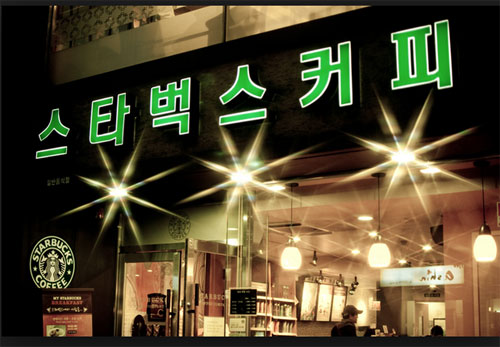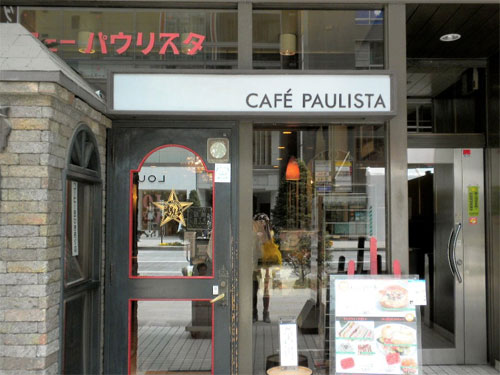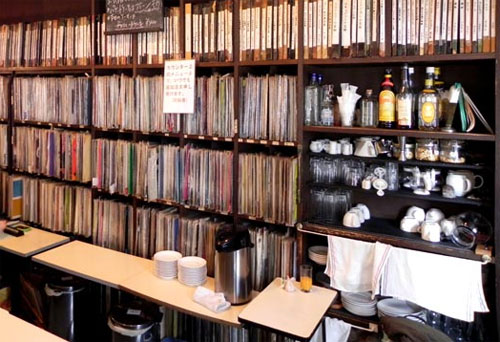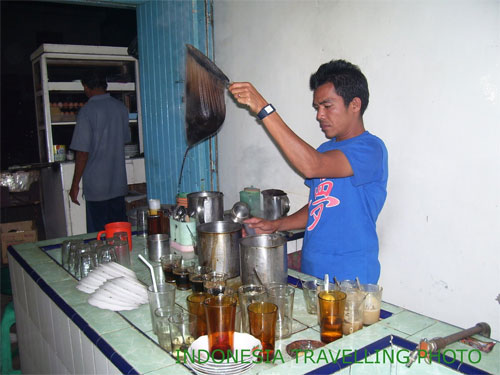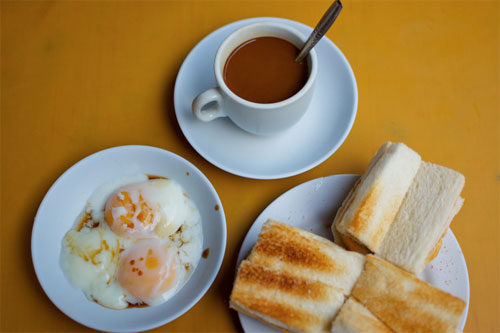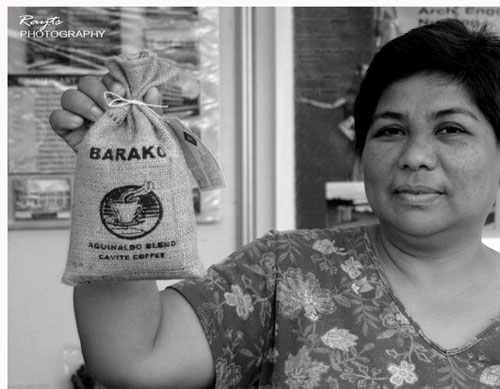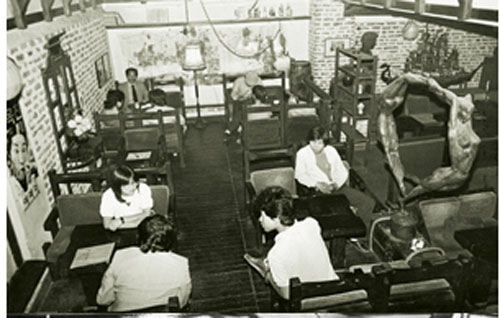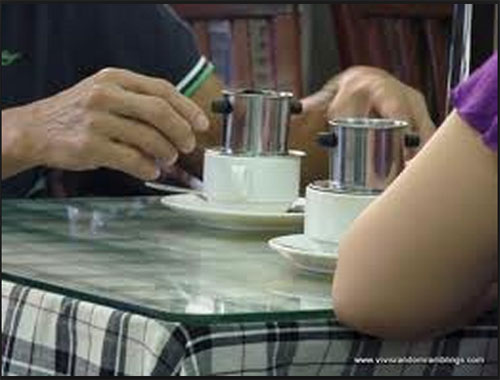RESOURCES
Chapter Notes
Chapter 24: Coffee Cultures of the Far East
Throughout the Far East, in all the major urban centres – whether it be Singapore, Beijing, Tokyo, Seoul, Jakarta or Manila – American and European coffee chains are thriving in shopping districts awash with garish signs promoting the brand names found along the universal avenues of every global metropolis. Tourists feel comfortable there, as do the native residents who want to connect with the electric buzz of London, New York, Milan or Paris without paying the price of international airfare. But to see these entrist organisations as simply a rubber stamp version of franchised culture replicated over and over again, down to the last coffee stain on a white logoed cup, masks another reality equally important: adaptation happens with humans as it does with plants.
Japanese immigration to both Brazil and Hawaii helped stimulate a brisk coffee trade inside Japan throughout the 20th century, only suspended briefly during the war years. This opening of new markets for coffee also happened to coincide with a great change in Japanese society as the industrial boom had created an affluent middle class anxious to taste all the strange and exotic fruits that had been so long denied them.
Coffee entered the Japanese mainstream quite easily as it followed on from established networks of teahouses, though it quickly separated itself off from them. The Japanese coffee shop, known as kissaten or kissa, soon could be found in practically every Japanese town. Mainly family owned, each kissaten prided itself on brewing its own special coffee from a variety of techniques and having its own unique identity. Tucked away on side streets or in alleys, they had a homey atmosphere where residents could linger, read the daily papers and chat. Unlike Western cafés of the period – especially in Britain and the United States – Japanese kissaten were said to brew excellent coffee. Some even roasted their own beans on the premises. The urban kissaten were more cosmopolitan and frequented both by men and women. They often catered to particular interests such as music, literature or art. The meikyoku kissa or classical music café – specialised in specific styles of music and even specific composers
In the Aceh province of Indonesia most of the coffee brewed in cafés is sourced locally from growers in the Central Highlands. Some of these varietals, like Gayo coffee, have developed a unique international reputation. The preparation also seems to be peculiar to the region. Water is poured through grounds held in a cloth sieve several times in succession and collected in a large bowl and then, like Moroccan tea, poured at some distance into glasses, thus aerating the brew and causing it to froth.
In Singapore, though the Western coffeehouse scene is flourishing, there is a parallel world of indigenous cafés specialising in local coffee – kopi. The coffee served is pure Robusta roasted in palm oil mixed with maze and sugar – decidedly an acquired taste but loved by the pre- Starbucks generation. As the cost for coffee at these cafés is barely half the price of a cup at one of the Western coffee chains, business is booming. Small, independent kopi cafés selling soft-boiled eggs with runny yolks, kaya toast buttered thick with coconut jam and steamy cups of their powerful coffee concoction still have more appeal to native Singaporeans than the glamour of chocolate sprinkled cappuccinos and gilded muffins.
In the Philippines, even though the youth are bewitched by Starbucks-like coffee emporia, the elders still fancy a cup of Barako – when they can get it, as the true Liberica beans that give this brew its special kick are often in short supply.
As a divided nation which had come to symbolise the ideological chasm splitting the post-war world into competing camps, the role of the café in Korea became similar to the European experiences during civil and economic crises where the café itself was generally suspect of being a place of potential, if not actual, sedition. It's hardly surprising, therefore, that the Korean café became a popular and important place for young people to congregate and express themselves through various clandestine means by way of art, music and literature, fuelled by caffeine.
There is an active coffee culture in Vietnam based around a multitude of small coffee cafés throughout the country. Traditional Vietnamese coffee is prepared at the table using single-cup metal filters called 'phin'. Coarsely ground coffee is tamped down and held in place using a perforated 'spreader' and the phin is set atop a cup that contains a few tablespoons of sweetened condensed milk, customarily used in many parts of the tropical Far East as fresh milk spoiled so quickly in the blistering heat. Boiling water is then added and the brew is allowed to drip very slowly into the cup, a process that requires patience – unlike the immediacy of European espresso.
|
